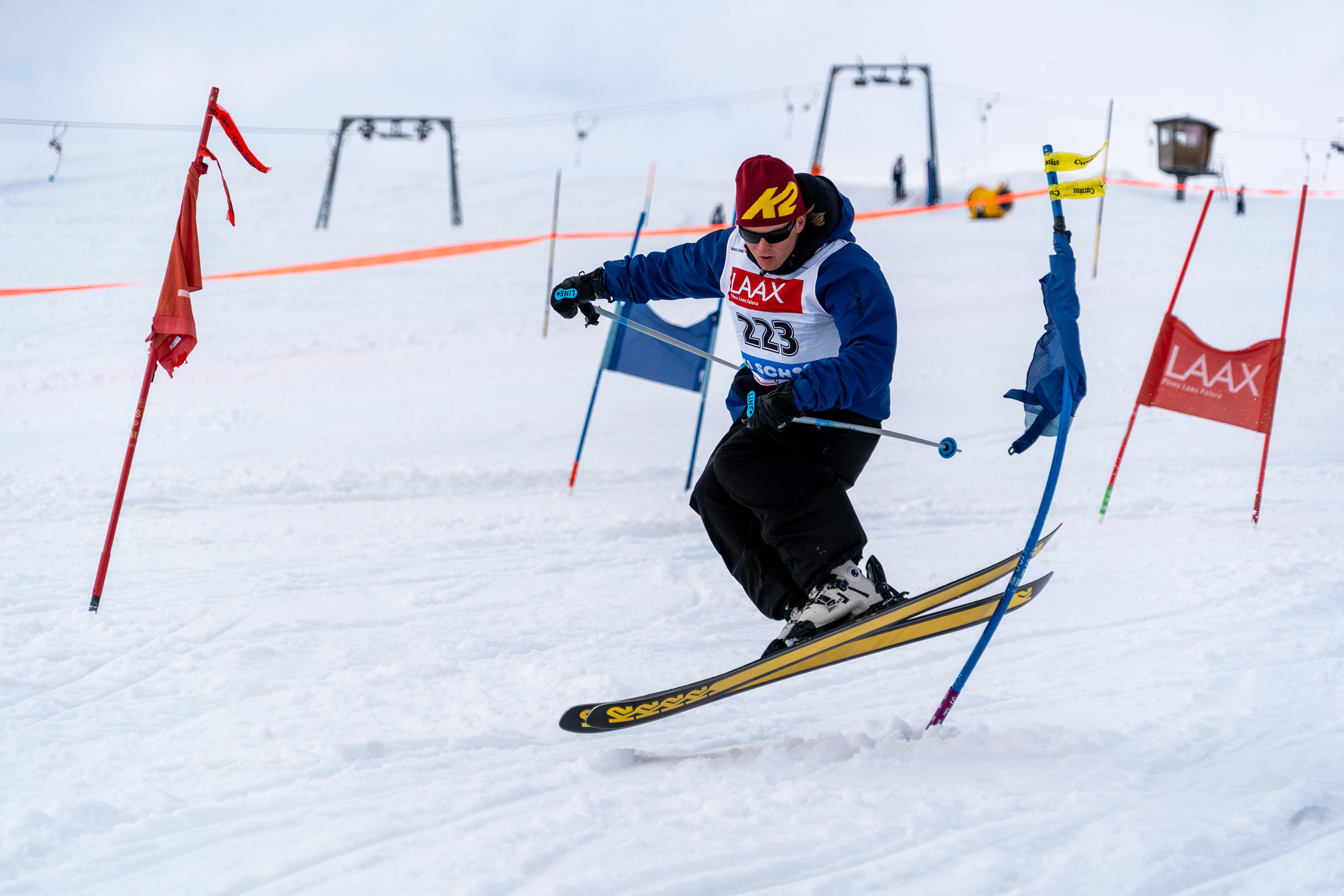Reto Gurtner, last winter was a sobering one for the entire mountain railway industry in Graubünden. Now the business results of the Weisse Arena Group are also available. How does it look?
For the first time in the company’s history we have to report a loss, to the tune of CHF 1 million. On the other hand, our cash flow is still over CHF 17 million.
What are the reasons for the poor result?
We felt the full force of the weak euro or strong franc for the first time. We have no leeway to react to this currency problem. The wage level in Switzerland is high and there is nothing we can do about it. Therefore, it is imperative that we initiate radical changes. Now we have the opportunity and the time to act. Unfortunately, the bad weather has also played a negative role.
What does the future look like? Does the course have to be set anew at the Weisse Arena Gruppe?
Despite all the difficulties, we are still a healthy company. But we have to act now to keep it that way. We have to readjust our offer and adapt our capacities to the new circumstances, because we don’t believe that tourism in Switzerland will grow in the foreseeable future. The Weisse Arena Group has to become more compact and even more efficient in the mountain railways. We have to become more imaginative because the traditional way no longer works. We have to join forces and become more agile in planning. We also have to be prepared to part with things and not hold on to something solely out of habit or tradition.
Our future lies in digitalisation and its progress. This is the only way to realise our plans and the required flexibility.
,
What does the new path you want to take mean for the offer on the mountain?
One thing is certain: we have more than enough capacity on the lifts. This is designed for well over 1 million guest admissions per season, which we were 20 per cent away from last winter. Basically, our ski area is too big today. If we build a new facility on the mountain in the future, it will only be if we can create a new offer and, as a result, a new demand. It is no longer enough to build a lift that is technically innovative or that allows you to get from point A to point B easily. Today we have to look at our railways from a different perspective. This includes questions such as “Do all lifts have to be open even if there are only a few people in the area?” Finally, such questions also come under the aspect of personnel and fixed costs.
Your goals are ambitious and the word digitalisation comes up again and again in this context. Will this bring the upswing?
Our future lies in digitalisation and its progress. This is the only way to realise our plans and the required flexibility. Fortunately, we have already embarked on this path. I’m talking first and foremost about our LAAX Inside app, which will be presented in a new, improved form this summer. We are in the middle of a process. In the end, we will only offer products that can be sold digitally. The app offers us enormous scope for creativity. It basically works like a passe-partout or like membership in a club where we can also include the local population and second home owners.
What are the advantages of the app for the guest?
With the LAAX Inside App we offer an attractive communication and decision-making tool. Every user gets exactly the information and offers that interest them. He gets transparency, which means he gets insight into our decisions and he will be able to determine what he is worth to us as a guest. We can give him privileges or exclusives or let him participate in a special project. And then every service can also be evaluated. This allows us to improve and optimise what we offer, which in the end makes him more satisfied.
And what advantages does it bring to the company?
For us, the LAAX Inside App is primarily a quality improvement tool. It enables us to better utilise and optimise resources and reduce personnel costs. The increased agility brings us a commercial advantage and hopefully more satisfied guests. At the same time, we learn more about our guests and their needs because we are in direct contact with them. We can improve the quality of our approach and better adapt our offers to demand.
What challenges does the destination Flims Laax Falera have to face?
A radical transformation is taking place in tourism, which means that the offer must be adapted to the decreasing or changing demand. Consequently, it is becoming indispensable to be innovative and to create new products. Mountain tourism has become an interchangeable and comparable product in the Alpine region and will eventually become purely a question of price. Then Swiss mountain tourism will have a bad hand in the European Alpine region. In any case, we will not get anywhere on traditional paths, with the methods of the last century or with calls for subsidies. We need to radically rethink and initiate a structural change. Increasing bureaucracy also fuels mistrust, which in turn paralyses the urgently needed social renewal and innovation.•



